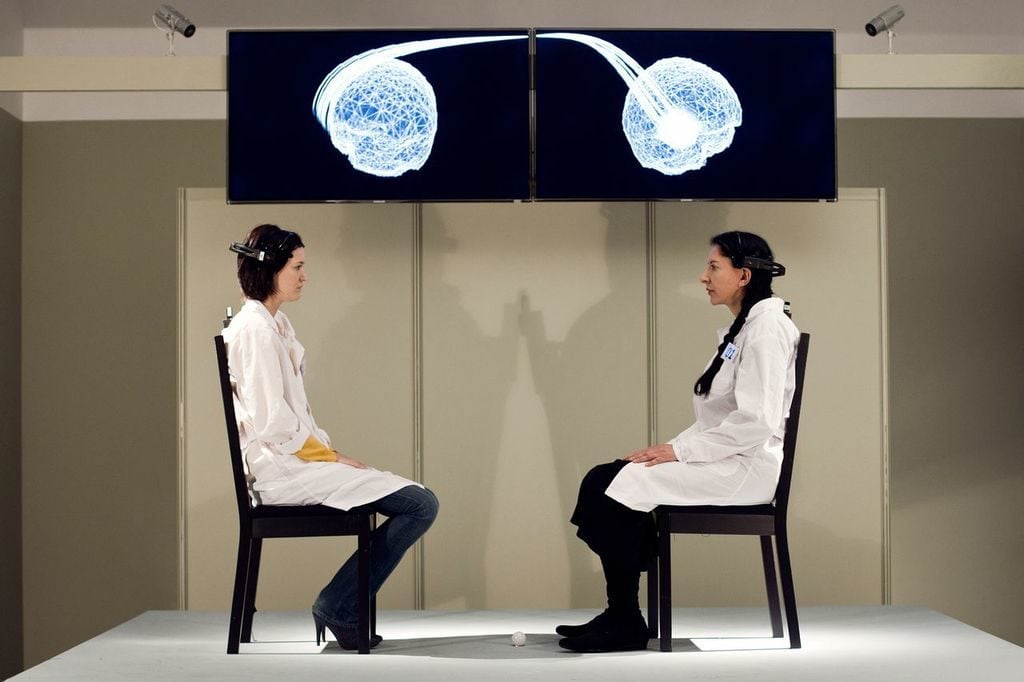
Art World
Why Are Artists Poor? New Research Suggests It Could Be Hardwired Into Their Brain Chemistry
The dopamine reward systems in artists' brains don't react much to money.

Most artists work for exceptionally low pay. Despite the precarious nature of the art economy, they carry on, ostensibly sacrificing monetary compensation for the loftier reward of creative freedom. But what if some artists are actually—physiologically—hardwired not to care about money?
That’s the implication of a new study published in the Creativity Research Journal, led by Dr. Roberto Goya-Maldonado, who is head of the systems neuroscience and imaging in psychiatry lab at the University Medical Centerin Göttingen, Germany. The research team watched for activity in the parts of the brain that produce dopamine—the chemical that delivers rushes of excitement often associated with sex, drugs, and gambling—when groups of both artists and non-artists were presented with offers of free cash.
It’s worth mentioning up front that the sample size of the study is pretty small. Twenty-four participants completed the test and had their brain scans analyzed. Twelve of them worked in the arts, either as actors, painters, sculptors, musicians, or photographers. The other group of 12 included an insurance salesman, a dentist, a business administrator, and an engineer, among other professions, none of whom self-identified as “creative.”
Each participant wore a set of goggles that showed a series of squares in different colors. When the green square appeared, they could select it with a button and receive money (up to €30). They were also asked to select other “target” colors, but those did not result in any monetary reward.
At the same time, researchers scanned participants’ brain activity using functional magnetic resonance imaging (fMRI). They found that artists showed significantly reduced activation in the ventral striatum, part of the brain’s reward system, when they selected the money-making green squares compared to non-artists.

Brain scans looking at the dopaminergic reward system of artists and non-artists in the new study “Reactivity of the Reward System in Artists During Acceptance and Rejection of Monetary Rewards” in the Creativity Research Journal.
Adding a twist to their findings, the researchers also discovered in a second test that artists showed a greater response in another dopamine-related part of the brain (the anterior prefrontal cortex) when they were told to reject the green squares. In other words, artists get less worked up about receiving money and more worked up when they know they can’t have it.
“Collectively, our results indicate the existence of distinct neural traits in the dopaminergic reward system of artists, who are less inclined to react to the acceptance of monetary rewards,” the researchers write.
Follow artnet News on Facebook:
Want to stay ahead of the art world? Subscribe to our newsletter to get the breaking news, eye-opening interviews, and incisive critical takes that drive the conversation forward.
SHARE

No comments:
Post a Comment